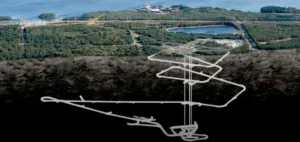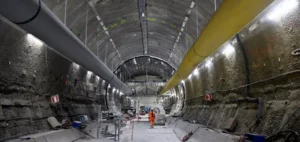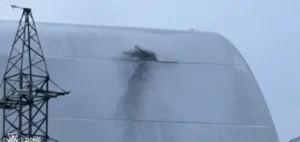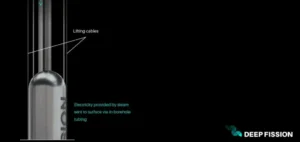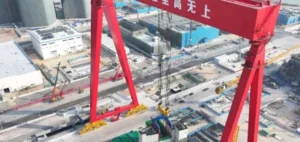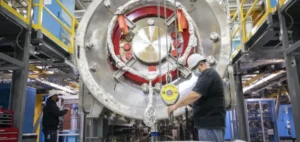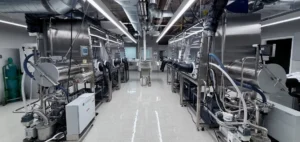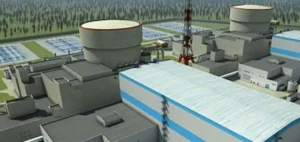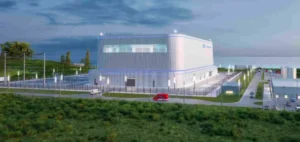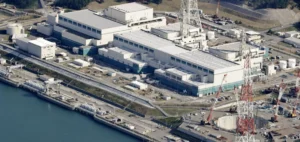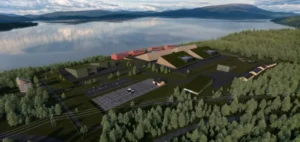Swedish Prime Minister Ulf Kristersson has confirmed that the construction of a nuclear reactor will begin before the 2026 parliamentary elections. This initiative aims to address the rising demand for electricity driven by the country’s growing electrification. Currently, Sweden operates six reactors across three sites, accounting for approximately 30% of the national electricity production. To anticipate future needs, the government plans to double its output by 2045, integrating new nuclear capacities.
The initial project includes the construction of two new reactors by 2035, followed by a broader expansion that could extend until 2045. The government intends to capitalize on modular reactors (SMR), which feature characteristics that allow for faster and more cost-effective installations. The objective is to secure a stable and reliable supply to meet the increasing electricity needs in the coming decades.
Vattenfall at the Core of the New Energy Strategy
The Swedish public company Vattenfall, a key player in the energy sector in Sweden, has already initiated a feasibility study for the construction of at least two modular reactors at Ringhals, in the southwest of the country. SMRs, much more compact than conventional reactors, can be manufactured in series, significantly reducing construction time and costs. Vattenfall has begun acquiring land around the Ringhals site but has not yet submitted an environmental permit application, a mandatory step before launching any industrial project.
Swedish authorities view this technology as a key option to achieve their energy objectives. These small-scale reactors, which adhere to safety standards equivalent to larger plants, offer greater flexibility to adjust production to the real needs of the power grid. If regulatory and environmental approvals are obtained, the first reactor could be operational in the early 2030s.
The Potential of Modular Reactors for Europe
Modular reactors are gaining popularity worldwide. Their reduced size and ability to be produced in factories facilitate their installation in regions where space is limited. Currently, only Russia and China have succeeded in commissioning operational SMRs. Russia has built two modular reactors on a barge for use in remote areas, while China has recently connected two others to its national grid.
For Sweden, adopting SMRs would help bypass some of the constraints associated with large nuclear plant implementations. Their compactness and modularity facilitate the gradual deployment of new capacities depending on evolving energy needs. The government hopes that this technology will serve as a model for other European countries looking to strengthen their energy independence without relying on fossil fuels.
A Strategic Project for Energy Security
Sweden aims to ensure a reliable energy supply while mitigating the impact of energy market fluctuations. Increasing electricity production must accompany the decarbonation of industrial and transportation sectors, which will increasingly depend on abundant and affordable electricity. By positioning itself on modular reactors, the country could not only ensure its own energy security but also export its expertise in cutting-edge nuclear technologies.
The Swedish government’s commitment to this long-term strategy demonstrates a clear intention to secure the country’s energy future while anticipating European regulatory developments. The coming years will be decisive in determining the viability of this model based on smaller, more flexible reactors, and in assessing their capacity to compete with traditional plants.



